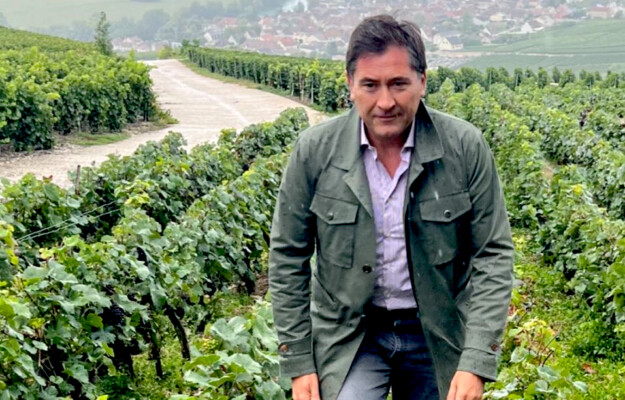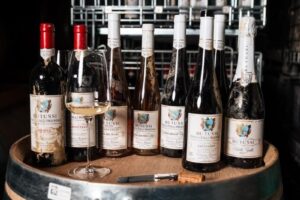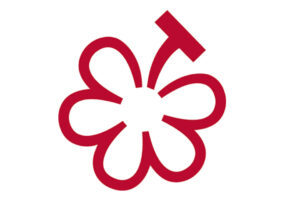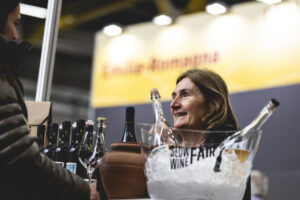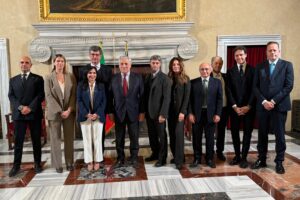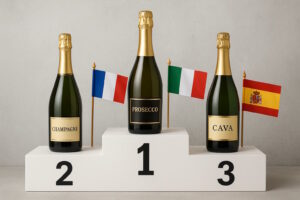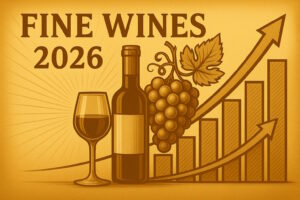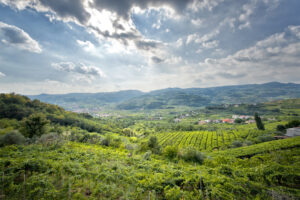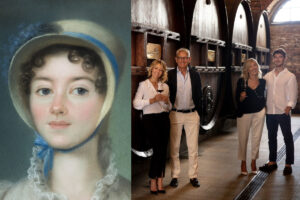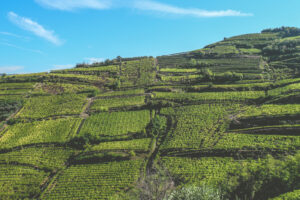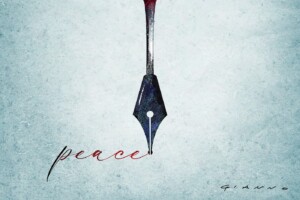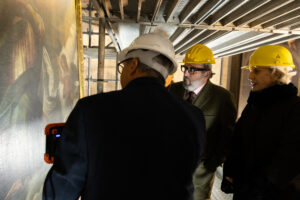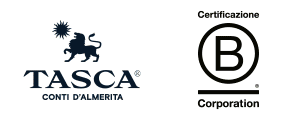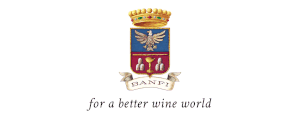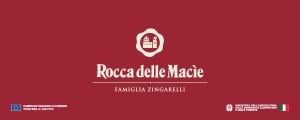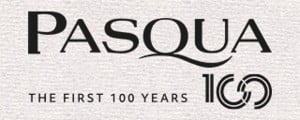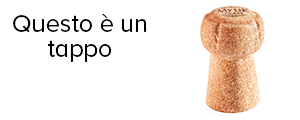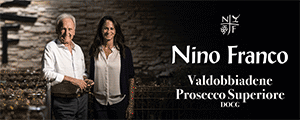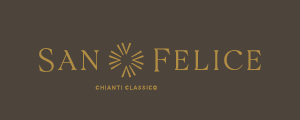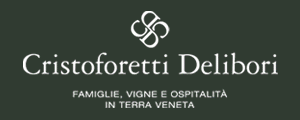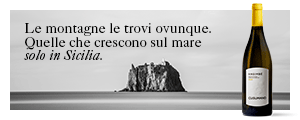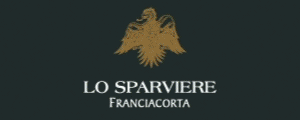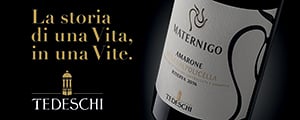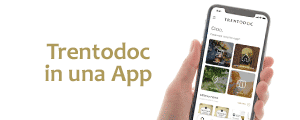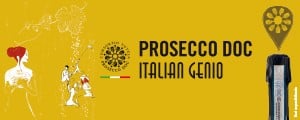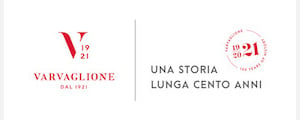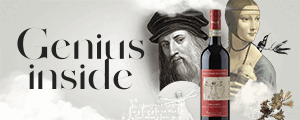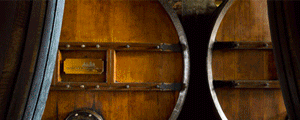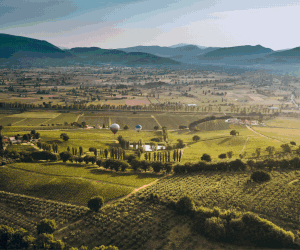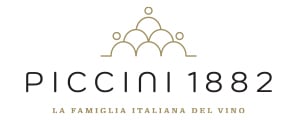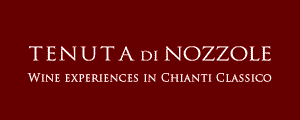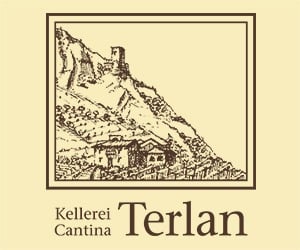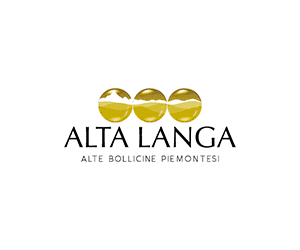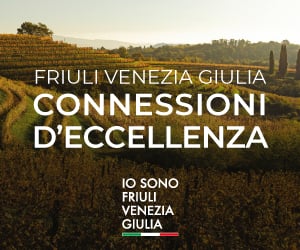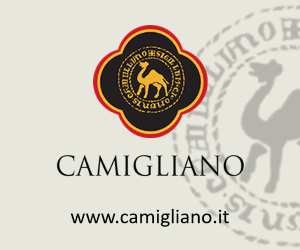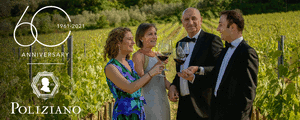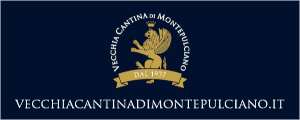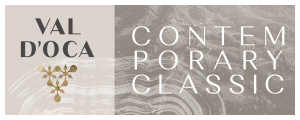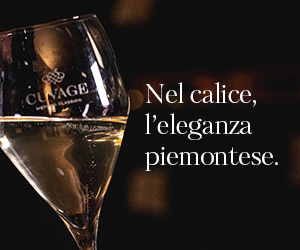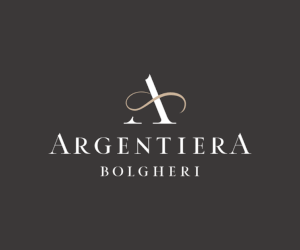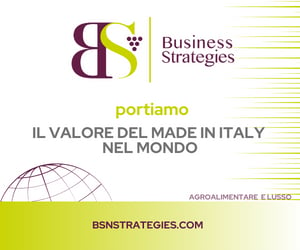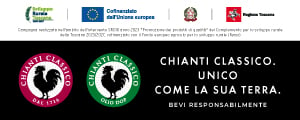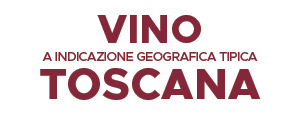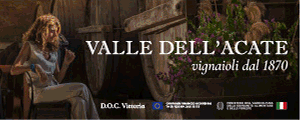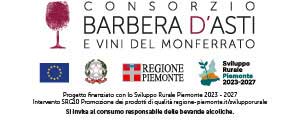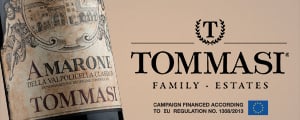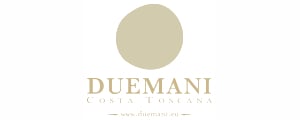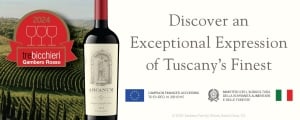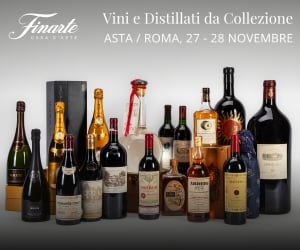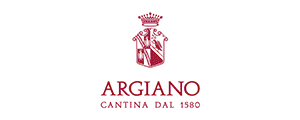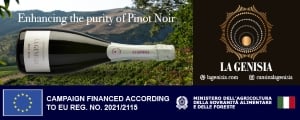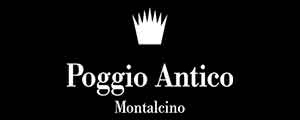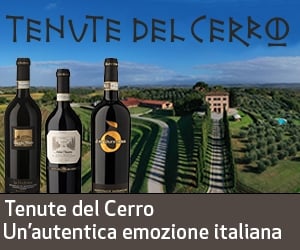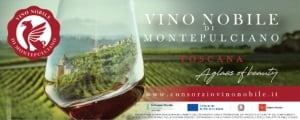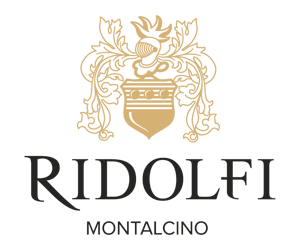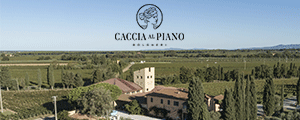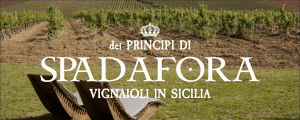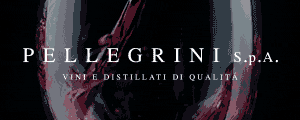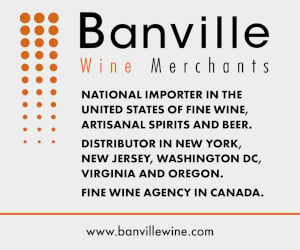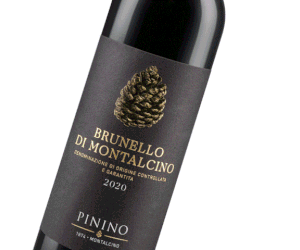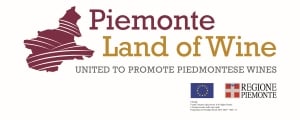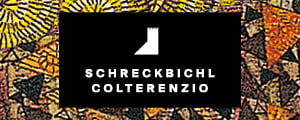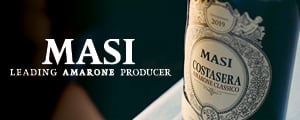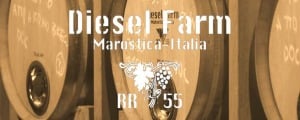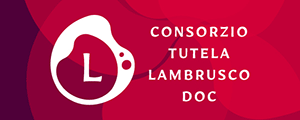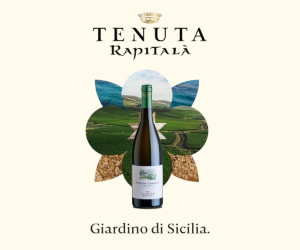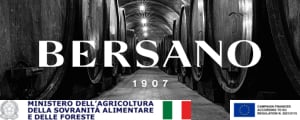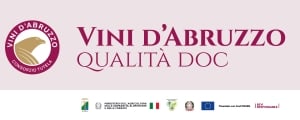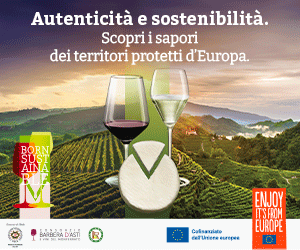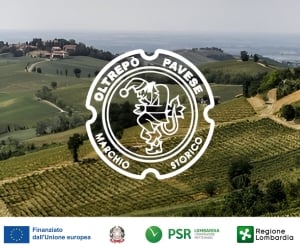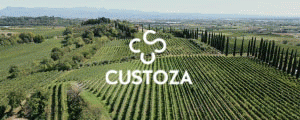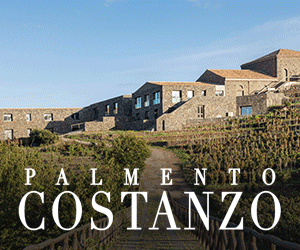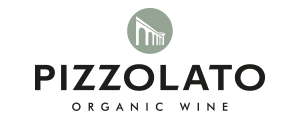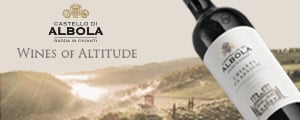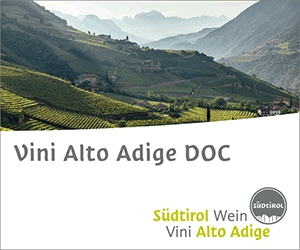We need to return to more “friendly”, popular consumption, and less hedonistic,“ noble”. We need to eliminate, or rather, reduce many of the superstructures, which have definitely helped make wine grow in the past, while now they are almost crushing it. In other words, less “ceremony”, less “tannin scenography”, and more cultural experiences, where wine is not “the” star, but rather a faithful companion to food as well as a facilitator for dialogue, instead of being the object of the conversation. It is the key that opens the doors of a territory, and not the destination of the journey. One of the biggest problems that is affecting wine consumption, which is decreasing, but not disappearing, besides profound generational changes, lifestyles and the world’s approach to health, is economics. The purchasing power of families and individuals is decreasing on many markets around the world, while from the winery to the shelf, and even more so at the restaurant table markups are higher, which certainly do not encourage orders (as we explained in this video). We talked to Lorenzo Tersi, long-time observer of the economic and social dynamics of the world of wine and founder and CEO of LT Wine & Food Advisory.
“The economic aspect is definitely holding back consumption, which is affecting wine as well as fashion, and many other sectors. Eating out is a habit for many people, sometimes even out of necessity, but obviously consumption is decreasing, people are eating less and drinking less. All around the world, and in the US as well, where until recently the bottle dominated the table, consumption by the glass is now becoming more and more widespread. As a matter of fact, 7 out of 10 Americans drink wine by the glass at a restaurant. Let’s also take a look at habits in France: in Paris, at the Marché Couvert Alimentaire Saint-Germain, which has a medium-high target, half bottles are making an enormous comeback. They are easier to order, obviously because of reduced costs, as well as one might perhaps taste different wines, or because there are two people at the table, you don’t want to overdo it. I believe that in the not too far future, the half bottle will become a more and more popular solution for home consumption, too”. All things considered, Tersi explained, “we must put the cultural content of wine back at center stage. We must give conviviality the center spot, as it has always been in our culture, from the Etruscans to the Romans, to the Catholic liturgy. We must put wine back on the table not as the star, but as an element, in the simplest forms, to complement food, as it has always been considered”, Tersi emphasized. He added, “we must continue to enhance culture and territoriality. Wine brings a territory with it. It is the key to the concept of experience; therefore, it is essential that we create less ceremony in front of the glass. Wine must return to being a facilitator for dialogue, not the main topic of dialogue. It is a “relational bridge”, it must take part in the context of a broader experience, involving more people, not just wine enthusiasts”. This is true at all levels. For instance, luxury, and the experience of the many “Beach Clubs” that companies like LVMH, Dolce & Gabbana, and others, are branding all over the world, creating experiential places that bring together design, wine and food, and quality food. It is also true for a more popular target, such as perhaps, “tasting a glass of Lambrusco with a slice of Culatello di Zibello in Emilia Romagna, or an excellent Tuscan red with Pecorino di Pienza. These events become the “excuses” to visit a territory and spend a few pleasurable hours, but they are not the main objective of the overall experience”.
In other words, the sector need not despair, because people have not stopped drinking wine. It must, however, be aware, alert and understand how to change in consumption and consumers, while at the same time, it of course needs to manage its own internal and structural change. “We have been saying this for a long time. Now, more than ever, though, conglomerates of brands are being created, which is essential to be competitive, for economies of scale as well as for distribution logic. It is almost no longer a novelty, but rather a reality. Let’s consider Italian companies that have their own distribution company in the USA, and distribute not only their own wines, but also of other Italian wineries, and foreign ones. Some of them, of course, were pioneers. Today, many people highly value this method, in Italy and around the world. We must take this into account, because the dynamics of globalization dictate the guidelines, creating the same problems and the same opportunities for everyone, while to manage them, size, strength and tools are needed. Now, for instance, the top 125 Italian wine companies account for 65% of the business, compared to 33.000 companies that bottle”, Tersi concluded. He added,“ wine is not a “dead horse”, it is not true that people don’t drink it anymore. People still drink wine, but less, and in a different way, so the entire sector needs to keep this in mind”.
Copyright © 2000/2025
Contatti: info@winenews.it
Seguici anche su Twitter: @WineNewsIt
Seguici anche su Facebook: @winenewsit
Questo articolo è tratto dall'archivio di WineNews - Tutti i diritti riservati - Copyright © 2000/2025










